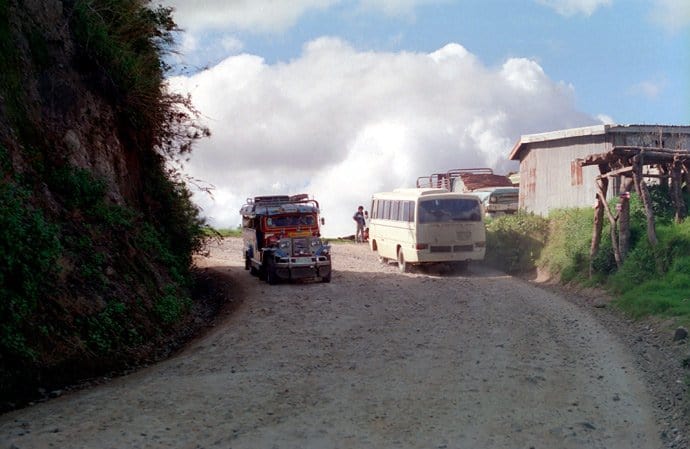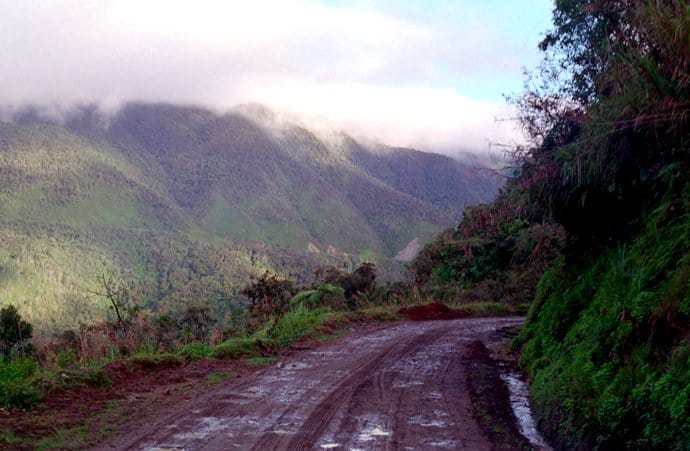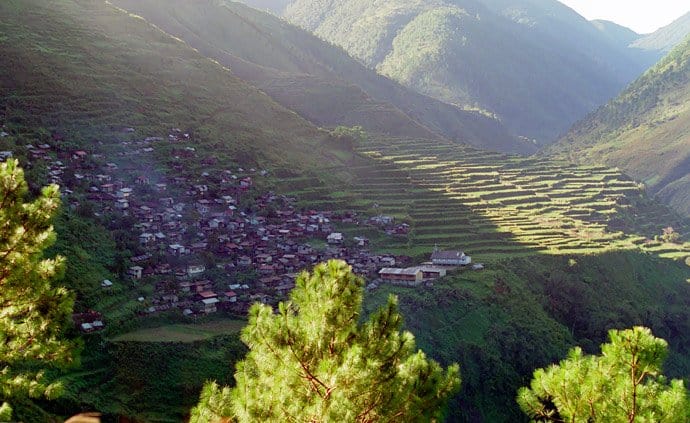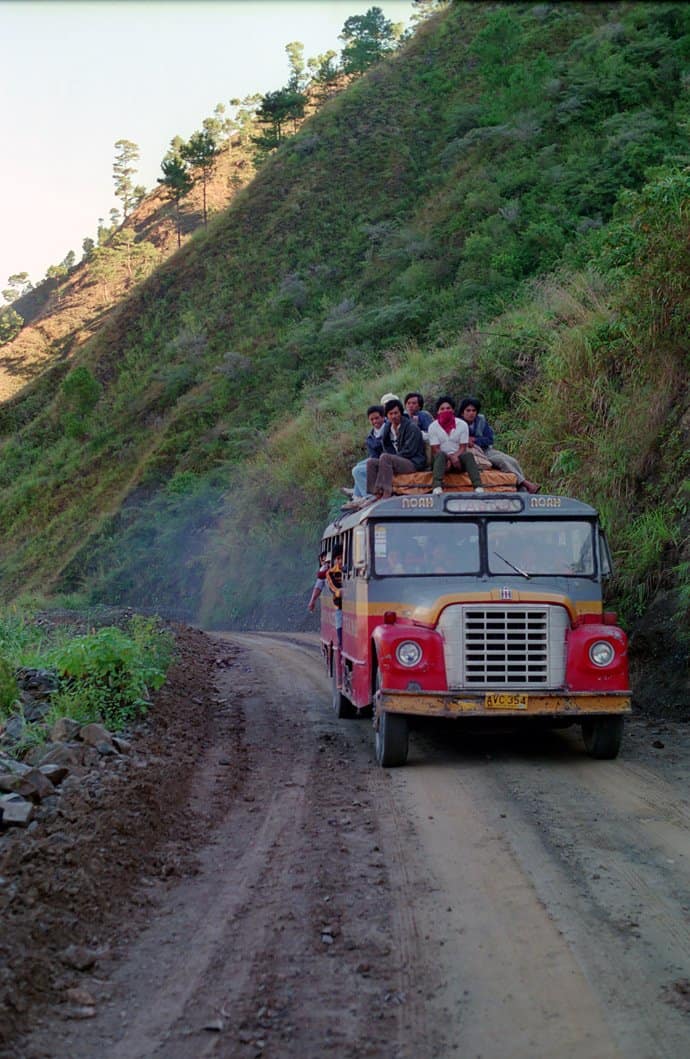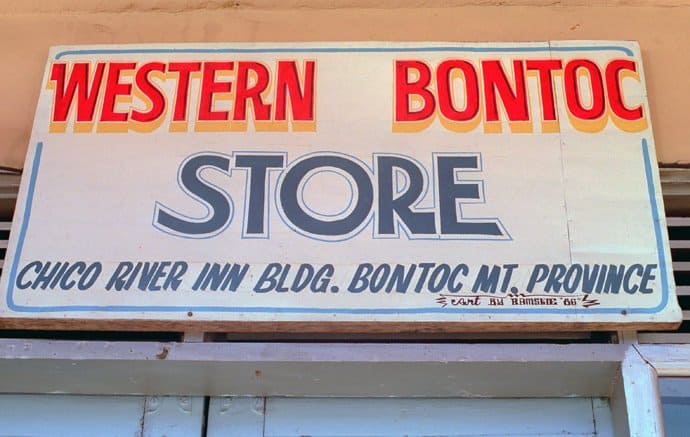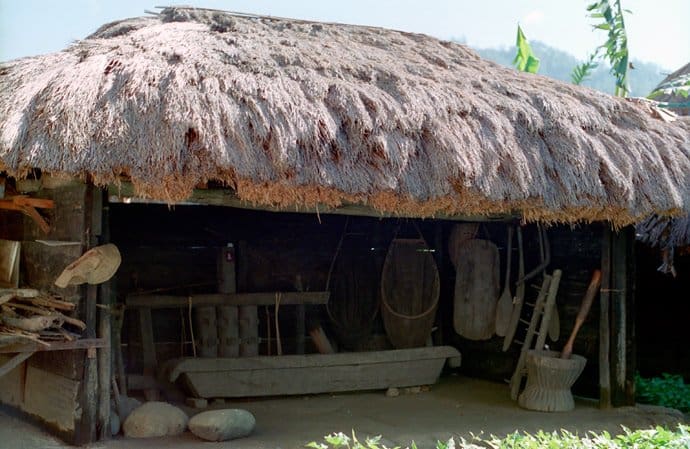Philippines – Bontoc
The image of the Philippines is shaped by the geographical and climatic conditions. On one side there are beach idylls on palm-fringed islands, on the other side majestic mountains up to almost 3000 m (“Mont Apo”), colorful iridescent coral gardens, lush fields, unique rice terraces and dense rainforests. But also devastation caused by typhoons, volcanoes, earthquakes, droughts and erosion damage, which cause clear-cutting and slash-and-burn, garbage mountains and slums, exhaust clouds over the big cities are characteristic of the Philippines.
We are on our way from Manila to Bontoc on the main island of Luzon. The road conditions in the mountainous region and in the highlands correspond to those of a rainforest. From the heavy downpours, where it pours out like buckets, the paths are soggy and muddy. Every now and then the roads are completely covered by landslides. In tight serpentines it goes up the mountains. An average speed of 20-30 / kmh is announced.
Dense subtropical vegetation stands up to a height of 1,500m. In the narrow valleys are a few huts of mountain farmers, who cultivate their rice here in terraces. Occasionally we find small villages with clusters of houses clinging to the mountain slopes like swallows’ nests. From time to time we see buses that are packed with people and goods right up to the roof, so that they think they have to break apart at any moment.
We drive over the spa town of Baguio, which welcomes us as a bustling city at 1500 m altitude. It also bears the name “Flower City”, is also a university town with 60000 students and mountain resort and summer residence of the rich Filipinos. A worth seeing goal here is the “Botanical Garden”. Everywhere you can see the typical houses of the mountain people. Another attraction is the “Bell Temple”, the so-called “World Church”. It is a huge Chinese temple complex. Here, Buddhist and Christian elements of faith are combined into one unit. After another dizzying journey always past deep gorges we reach the commercial town of Bontoc, which is very worth seeing.
This is where most of the inhabitants of the region come to sell their goods and, on the other hand, cover themselves with other daily necessities. In the more remote villages we find open huts like the ones where people live and work. The products are then usually offered directly on the street for sale.

